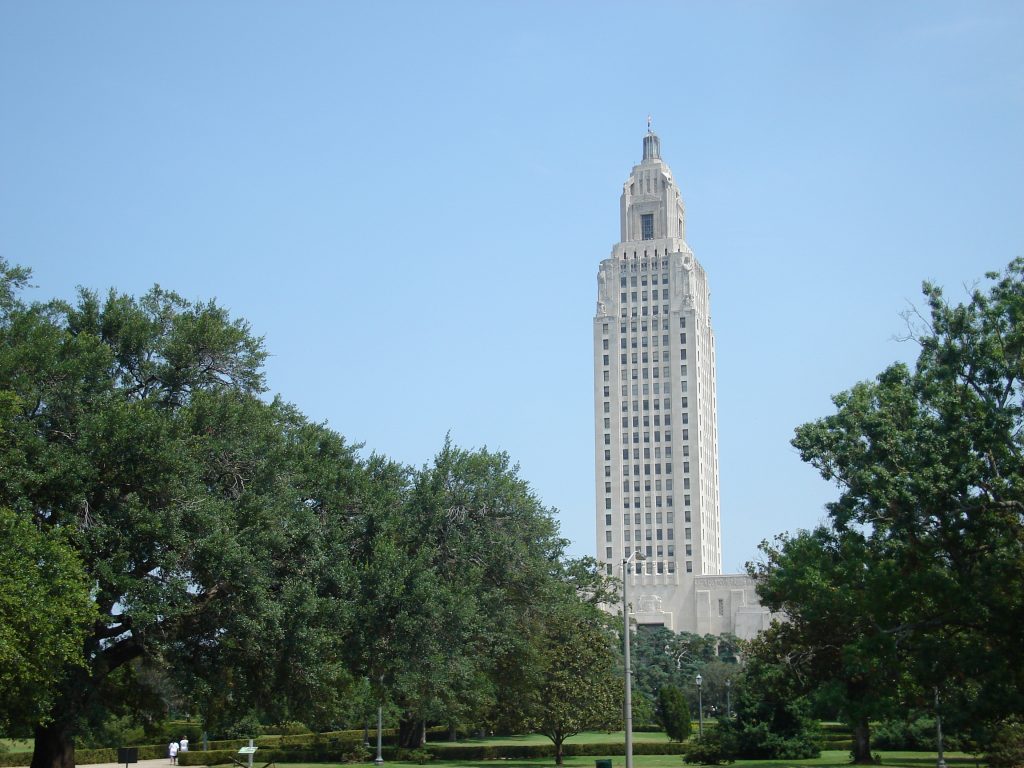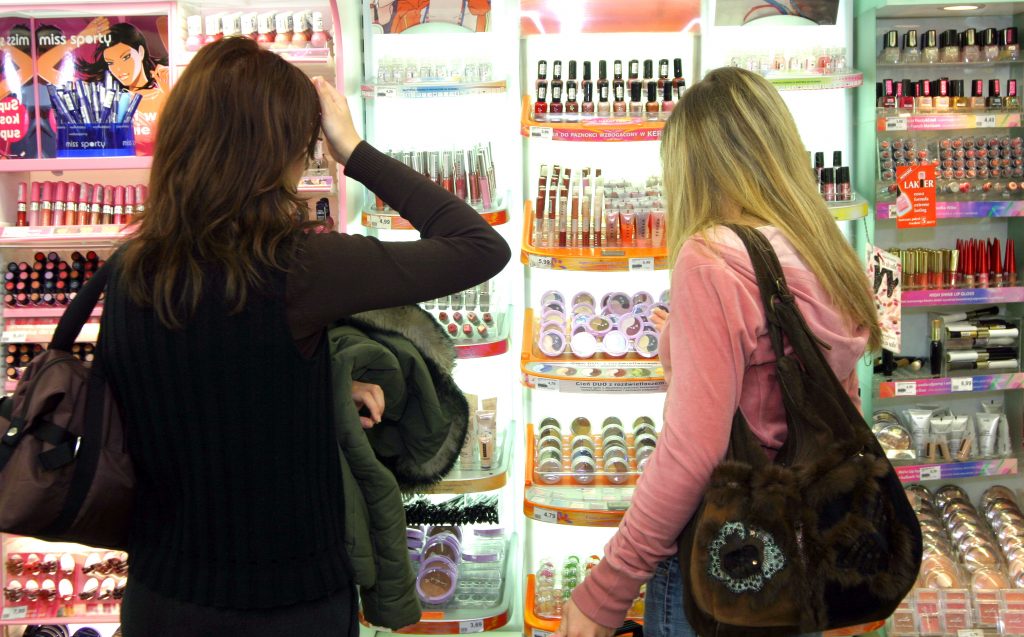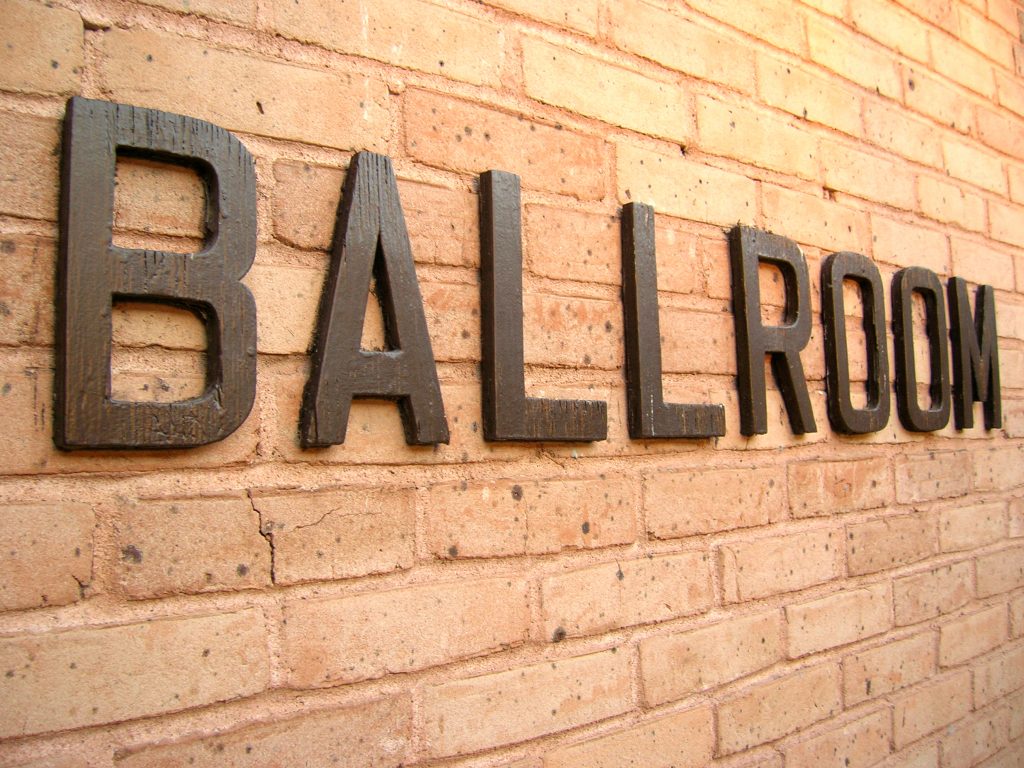 What starts out as an entertaining night out for a concert with friends, ends with painful injuries. Instead of enjoying your favorite music with companions, you must go to the hospital to treat injuries sustained due to negligent maintenance of the concert venue. You are now recovering from your injuries and are faced with medical expenses. You know that you shouldn’t be responsible for the medical bills; after all, you are hurt because someone failed to do their job. But who exactly is responsible? Determining the party responsible for personal injuries was a recent issue in a case out of Baton Rouge.
What starts out as an entertaining night out for a concert with friends, ends with painful injuries. Instead of enjoying your favorite music with companions, you must go to the hospital to treat injuries sustained due to negligent maintenance of the concert venue. You are now recovering from your injuries and are faced with medical expenses. You know that you shouldn’t be responsible for the medical bills; after all, you are hurt because someone failed to do their job. But who exactly is responsible? Determining the party responsible for personal injuries was a recent issue in a case out of Baton Rouge.
In March of 2006, Ms. Shannon Rodrigue went to a concert with her friends at the Riverside Performing Centroplex in Baton Rouge, Louisiana. As Ms. Rodrigue and her friends waited in line to enter the Centroplex, a Spectator Management Group (“SMG”) employee instructed the group to go around the side of the building and go down a flight of stairs in order to get their seats. As the group proceeded to head down the stairs, Ms. Rodrigue missed a step and fell down the flight of stairs. The fall was the result of a poorly lit stairwell. Ms. Rodrigue sustained several injuries to her head, back, neck, knees, and wrists.
Ms. Rodrigue filed a lawsuit against several parties whom she believed were responsible for the poorly lit stairwell that ultimately led to her injuries. The parties included the Centroplex, the Centroplex’s insurer, and the City of Baton Rouge-Parish of East Baton Rouge; SMG and its insurer. In response to Ms. Rodrigue’s filing of the lawsuit, SMG and its insurer filed a motion to have Ms. Rodrigue’s lawsuit against them dismissed. SMG asserted that Ms. Rodrigue had no claim against them and their insurance company because they did not have custody of the stairwell where Ms. Rodrigue fell. SMG further claimed that even though Ms. Rodrigue and her friends were directed to the stairwell by one of its employees, SMG was not aware of the lighting situation of the stairwell before her fall. The District Court for the Parish of East Baton Rouge granted SMG’s motion and Ms. Rodrigue’s claims against it were dismissed. Ms. Rodrigue appealed to the Louisiana First Circuit Court of Appeal.
 Louisiana Personal Injury Lawyer Blog
Louisiana Personal Injury Lawyer Blog


 No legal case is without controversy, but some of the most controversial types of cases involve a slip and fall injury. For some, it is hard to believe that a “little fall” could actually cause substantial injury. Often times, those who bring a slip and fall action are seen as milking the situation to try to get money from a business. However, when a person is injured he or she must prove that the injury was the result of someone’s alleged negligence. This proof requires that the injured individual show that the facts surrounding the incident support his or her claim. When coupled with a stringent legal standard, a dispute of what occurred at the time of the injury complicates the matter. The following slip and fall lawsuit filed against the Albertsons in Shreveport, Louisiana, shows the difficulty in bringing such claims to trial.
No legal case is without controversy, but some of the most controversial types of cases involve a slip and fall injury. For some, it is hard to believe that a “little fall” could actually cause substantial injury. Often times, those who bring a slip and fall action are seen as milking the situation to try to get money from a business. However, when a person is injured he or she must prove that the injury was the result of someone’s alleged negligence. This proof requires that the injured individual show that the facts surrounding the incident support his or her claim. When coupled with a stringent legal standard, a dispute of what occurred at the time of the injury complicates the matter. The following slip and fall lawsuit filed against the Albertsons in Shreveport, Louisiana, shows the difficulty in bringing such claims to trial. When going to the nail salon, the last thing anyone thinks about is falling and getting seriously injured. Slip and fall accidents happen all the time, and it is important to gather as much evidence as possible and retain a good personal injury attorney in order to build the best possible case for yourself. The courts do not look favorably on those who make a claim and have very little evidence to back it up, as Pamela Burnett (“Ms. Burnett”) discovered when trying to win damages from the Lucky Nails salon.
When going to the nail salon, the last thing anyone thinks about is falling and getting seriously injured. Slip and fall accidents happen all the time, and it is important to gather as much evidence as possible and retain a good personal injury attorney in order to build the best possible case for yourself. The courts do not look favorably on those who make a claim and have very little evidence to back it up, as Pamela Burnett (“Ms. Burnett”) discovered when trying to win damages from the Lucky Nails salon. When a merchant sets up shop, he/she may become liable for any accident that occurs on the business’s premises. However, the merchant is not automatically at fault. Sometimes a person is injured and the merchant is not to blame, either because the plaintiff was careless or failed to satisfy his burden of proof. The law in Louisiana that governs a merchant’s liability for negligence also governs the plaintiff’s burden of proof when bringing a claim against a merchant. This law also provides a list of elements, which the plaintiff must prove in order to succeed in their claim. See
When a merchant sets up shop, he/she may become liable for any accident that occurs on the business’s premises. However, the merchant is not automatically at fault. Sometimes a person is injured and the merchant is not to blame, either because the plaintiff was careless or failed to satisfy his burden of proof. The law in Louisiana that governs a merchant’s liability for negligence also governs the plaintiff’s burden of proof when bringing a claim against a merchant. This law also provides a list of elements, which the plaintiff must prove in order to succeed in their claim. See  When you suffer a personal injury such as a slip and fall and pursue a remedy in court, you must be able to support your allegations with sufficient evidence. After conducting initial discovery, a party may move for summary judgment and seek to have the case dismissed before it is ever heard by a trier of fact. When a party moves for summary judgment, it argues that the initial discovery shows that there are no issues of material fact to be decided by the trier of fact and that it is entitled to judgment as a matter of law. The opposing party, the party seeking to avoid having their case dismissed, must then present evidence to show that there are issues of material fact that should be heard at trial. In a recent case from the Louisiana Second Circuit Court of Appeal, a plaintiff conveniently “corrected” her deposition testimony attempting to defeat a motion for summary judgment. While the suspect changes were ultimately admitted, this was not sufficient to allow the case to go forward at trial.
When you suffer a personal injury such as a slip and fall and pursue a remedy in court, you must be able to support your allegations with sufficient evidence. After conducting initial discovery, a party may move for summary judgment and seek to have the case dismissed before it is ever heard by a trier of fact. When a party moves for summary judgment, it argues that the initial discovery shows that there are no issues of material fact to be decided by the trier of fact and that it is entitled to judgment as a matter of law. The opposing party, the party seeking to avoid having their case dismissed, must then present evidence to show that there are issues of material fact that should be heard at trial. In a recent case from the Louisiana Second Circuit Court of Appeal, a plaintiff conveniently “corrected” her deposition testimony attempting to defeat a motion for summary judgment. While the suspect changes were ultimately admitted, this was not sufficient to allow the case to go forward at trial.  Have you ever been involved in a slip and fall accident inside a store resulting from water being on the floor? Were you injured as a result? If so, who would you think was at fault? How would you receive just compensation? In a recent case, the Louisiana Second Circuit Court of Appeal discusses the necessary factors a plaintiff must prove in order to show that a merchant – such as a grocery store, clothing store, or even the owner of a food truck – was responsible for the injuries sustained resulting from a slip and fall accident.
Have you ever been involved in a slip and fall accident inside a store resulting from water being on the floor? Were you injured as a result? If so, who would you think was at fault? How would you receive just compensation? In a recent case, the Louisiana Second Circuit Court of Appeal discusses the necessary factors a plaintiff must prove in order to show that a merchant – such as a grocery store, clothing store, or even the owner of a food truck – was responsible for the injuries sustained resulting from a slip and fall accident. Louisiana law holds responsible those who cause injury to others by failing to repair unreasonably dangerous conditions in their custody or control. This type of liability is called “custodial liability.” For example, a university that fails to maintain its walkways so as to cause injury to pedestrians can be held liable for damages by injured persons. However, the university in this example would not be liable for conditions which are considered “open and obvious.” In a recent case, the Louisiana First Circuit Court of Appeal helped illustrate what is meant by “open and obvious.”
Louisiana law holds responsible those who cause injury to others by failing to repair unreasonably dangerous conditions in their custody or control. This type of liability is called “custodial liability.” For example, a university that fails to maintain its walkways so as to cause injury to pedestrians can be held liable for damages by injured persons. However, the university in this example would not be liable for conditions which are considered “open and obvious.” In a recent case, the Louisiana First Circuit Court of Appeal helped illustrate what is meant by “open and obvious.” A jury’s verdicts can an often depend upon which party it believes the most. In a jury trial, the jury is indeed the trier of fact. It hears the evidence and makes findings of fact based on the credibility of witnesses and other evidence presented at trial. In a case out of Gonzales, Louisiana the verdict hinged on whether the Plaintiff, Mindy Weiley, appeared credible to the jury or whether she seemed to be a liar.
A jury’s verdicts can an often depend upon which party it believes the most. In a jury trial, the jury is indeed the trier of fact. It hears the evidence and makes findings of fact based on the credibility of witnesses and other evidence presented at trial. In a case out of Gonzales, Louisiana the verdict hinged on whether the Plaintiff, Mindy Weiley, appeared credible to the jury or whether she seemed to be a liar.  The Louisiana Merchant Liability Statute aims to protect persons from unreasonable risks of harm by unscrupulous merchants. At the same time, it limits the liability of merchants and protects them from frivolous lawsuits. In order to succeed on a merchant liability claim, the plaintiff must show that the merchant knew or should’ve known of the dangerous condition that harmed the plaintiff. In a recent case, while considering that a dance ballroom can be considered a “merchant, the Louisiana First Circuit Court of Appeal found that the plaintiff failed to show that the defendants had knowledge or constructive knowledge of the risk of harm.
The Louisiana Merchant Liability Statute aims to protect persons from unreasonable risks of harm by unscrupulous merchants. At the same time, it limits the liability of merchants and protects them from frivolous lawsuits. In order to succeed on a merchant liability claim, the plaintiff must show that the merchant knew or should’ve known of the dangerous condition that harmed the plaintiff. In a recent case, while considering that a dance ballroom can be considered a “merchant, the Louisiana First Circuit Court of Appeal found that the plaintiff failed to show that the defendants had knowledge or constructive knowledge of the risk of harm. When an accident occurs, it’s often difficult to determine what actually happened until the aftermath, but in the justice system, piecing a puzzle together and drawing conclusions based on little remaining evidence rarely constitutes enough of a basis to file a lawsuit. As the court said in the case of Benjamin Tomaso when he attempted to file a lawsuit against Home Depot, “[s]peculation as to what caused an accident cannot supply the factual support necessary to show that a plaintiff would be able to meet his evidentiary burden of proof at trial.”
When an accident occurs, it’s often difficult to determine what actually happened until the aftermath, but in the justice system, piecing a puzzle together and drawing conclusions based on little remaining evidence rarely constitutes enough of a basis to file a lawsuit. As the court said in the case of Benjamin Tomaso when he attempted to file a lawsuit against Home Depot, “[s]peculation as to what caused an accident cannot supply the factual support necessary to show that a plaintiff would be able to meet his evidentiary burden of proof at trial.”